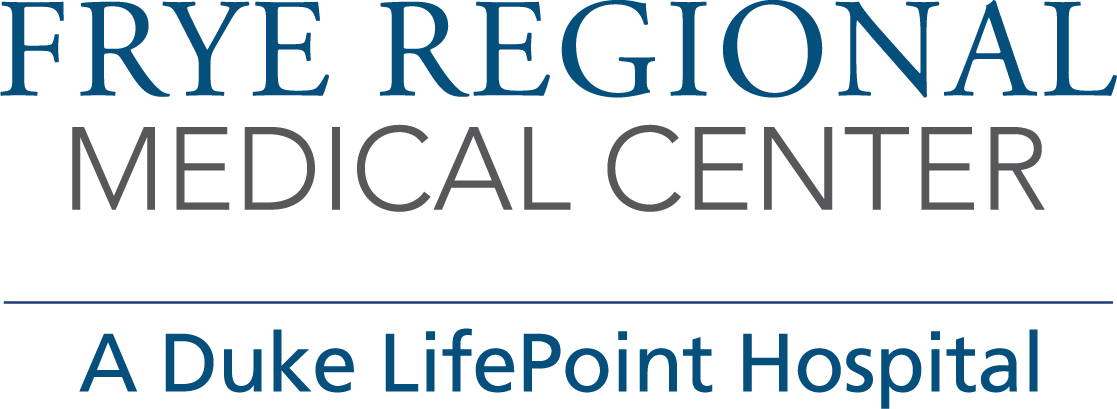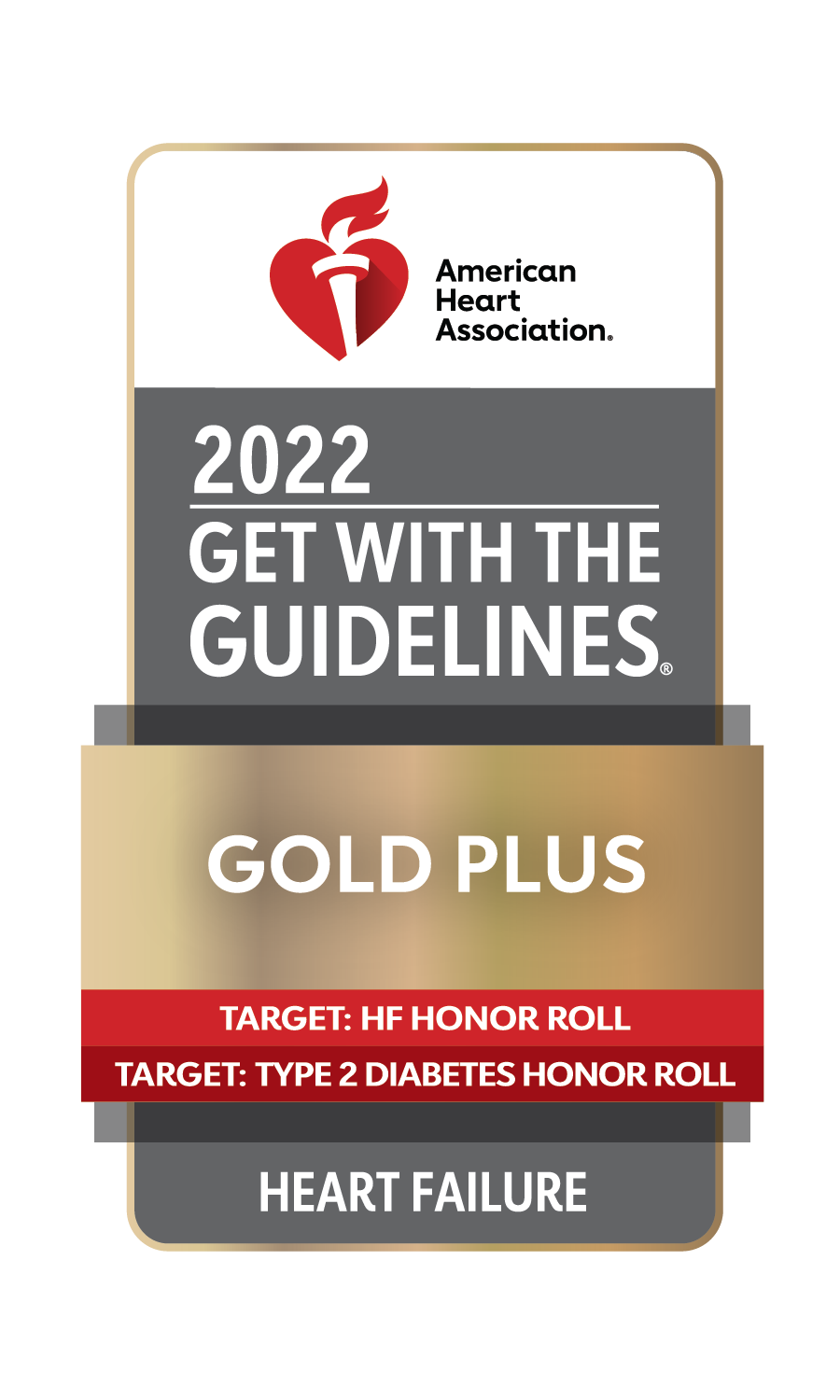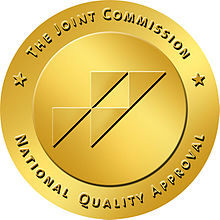Skip to site content

Frye Regional Medical Center has been certified as a Primary Stroke Center by the Joint Commission, the nation’s oldest and largest hospital accreditation agency. This distinction recognizes Frye Regional’s commitment to providing outstanding care and treatment to victims of stroke.
Frye Regional has also received the American Heart Association/American Stroke Association’s Get With The Guidelines® Target: Stroke Honor Roll Elite Gold Plus Quality Achievement Award.
The award recognizes the hospital’s commitment to ensuring stroke patients receive the most appropriate treatment according to nationally recognized, research-based guidelines based on the latest scientific evidence.
Every 40 seconds in the United States, someone has a stroke, and about every four minutes someone dies as a result of a stroke according to the American Stroke Association. This makes stroke the fifth leading cause of death in the United States and is the leading cause of disability.


Stroke occurs when blood flow to the brain is disrupted. Disruption in blood flow is caused when either a blood clot blocks one of the vital blood vessels in the brain or when a blood vessel in the brain bursts, spilling blood into surrounding tissues.
The brain needs a constant supply of oxygen and nutrients in order to function. Even a brief interruption in blood supply can cause problems. Brain cells begin to die after just a few minutes without blood or oxygen.
Symptoms of a stroke are easy to spot because they happen quickly. It is important to act F.A.S.T. in these situations because the most effective treatments for stroke are available only within the first three hours after symptoms start. Look for the following signs of a stroke:
Face – Does one side of the person’s face droop when you ask them to smile?
Arms – Does one arm drift downward when you ask the person to raise both arms?
Speech – Does the person slur speech when asked to repeat a simple phrase?
Time – Call 9-1-1 immediately if you see any of these signs.
If you or someone you know is having a stroke, be prepared to act promptly if there is sudden:
STROKE IS AN EMERGENCY!
Recognizing the symptoms of a stroke and seeking prompt medical care can greatly improve your chances of recovery.
IF YOU OR SOMEONE YOU KNOW ARE EXPERIENCING ONE OR MORE OF THE ABOVE SYMPTOMS, CALL 911 IMMEDIATELY!
When someone is having a stroke, they need prompt emergency medical care. During a stroke, blood supply to the brain is cut off or disrupted, causing part of the brain to go without the oxygen-rich blood it needs. The longer the brain goes without blood, the greater the chance a disability will occur.
The National Institute of Neurological Disorders and Stroke (NINDS) conducted a five-year study on the use of tissue plasminogen activator (tPA), a clot-busting drug. The study found that patients who received tPA within three hours of the first stroke symptoms were at least 30 percent more likely to recover with little or no disability after three months. When a person is having a stroke, doctors must first determine whether the stroke is caused by a clot (ischemic stroke) or by a ruptured blood vessel (hemorrhagic) before tPA can be used. This is because tPA can only be used for ischemic strokes, which account for about 87 percent of all strokes.
The goal of a stroke team is to promptly assess the patient’s condition and order the tests needed to diagnose the type of stroke involved. The team also works to stabilize the patient’s blood pressure, heart rate, and other vital functions. If the tests show that the patient’s stroke is the result of a blood clot blocking a vein in the brain, then tPA can be given to help break up the clot. The team’s goal is to begin tPA within three hours of the first symptoms of a stroke.
After receiving appropriate emergency care, a stroke patient is admitted to a stroke unit. The stroke unit has the equipment in place for continuous monitoring of the patient’s condition.
Some things about yourself you can change, some things you can’t. For example, you can’t change the fact that you may have inherited your mother’s brown eyes or your father’s dimples. Or that you will always have some risk factors for stroke, such as having a family history of stroke or had a prior stroke, or being a man, African American or over the age of 55. But you change other things about yourself, such as hair color or weight. And you also have some influence over other risk factors for stroke that may result from lifestyle choices. Here are a few tips to help you control these risk factors and potentially prevent a stroke.
Risk factors that can increase the chances of having a stroke include high blood pressure, heart disease, smoking, diabetes, sedentary lifestyle and elevated cholesterol. For more information about treating strokes, talk with your doctor or visit the National Stroke Association website at www.stroke.org.
Blood pressure should be checked every one to two years, especially if hypertension runs in your family. Ideally, blood pressure should be below 140/90 mmHg because elevated pressure can damage blood vessels. Too much cholesterol can cause plaque buildup in the inner walls of the arteries, eventually reducing blood flow or forming blood clots. Adults should have their cholesterol checked every five years or more often if they are being treated for high cholesterol. Diabetes needs to be managed to prevent blood vessel damage throughout the body.
Cigarette smoke contains nicotine and carbon monoxide that can damage the cardiovascular system by narrowing blood vessels and causing blood clots.
Eat a variety of foods from all food groups, but limit the amount of saturated fat, trans fat, cholesterol, and sodium. Smart food choices include plenty of fruits and vegetables that are high in vitamins, minerals, and fiber, as well as unrefined whole-grain foods that have lots of fiber. Aim for at least five servings a day of fruits and vegetables, and select fat-free, one percent fat or low-fat dairy products.
Being overweight may cause the body to turn excess fat and cholesterol into plaque in the blood vessels that can reduce blood flow to the brain. Additional weight also can make the heart work harder and increase blood pressure. Shedding even a few pounds can help lower blood pressure and improve cholesterol levels.
Exercise at least 30 minutes a day on most or all days. Regular physical activity burns calories and sheds extra pounds while helping the heart and blood vessels work better. Always check with your doctor before starting a new exercise program.
Men can have up to two drinks a day, while it is better for women to have just one. Too much alcohol can be detrimental to your health because it can increase blood pressure, add empty calories to your diet and raise cholesterol levels.
You may not like your widow’s peak or attached earlobes, but you will like the fact that you can reduce some risk factors of stroke. For more information about stroke risk factors, prevention, symptoms, and treatment, visit the American Stroke Association website at www.strokeassociation.org.
For more information about stroke prevention, please call 828.315.5000 and ask for the Stroke Coordinator.